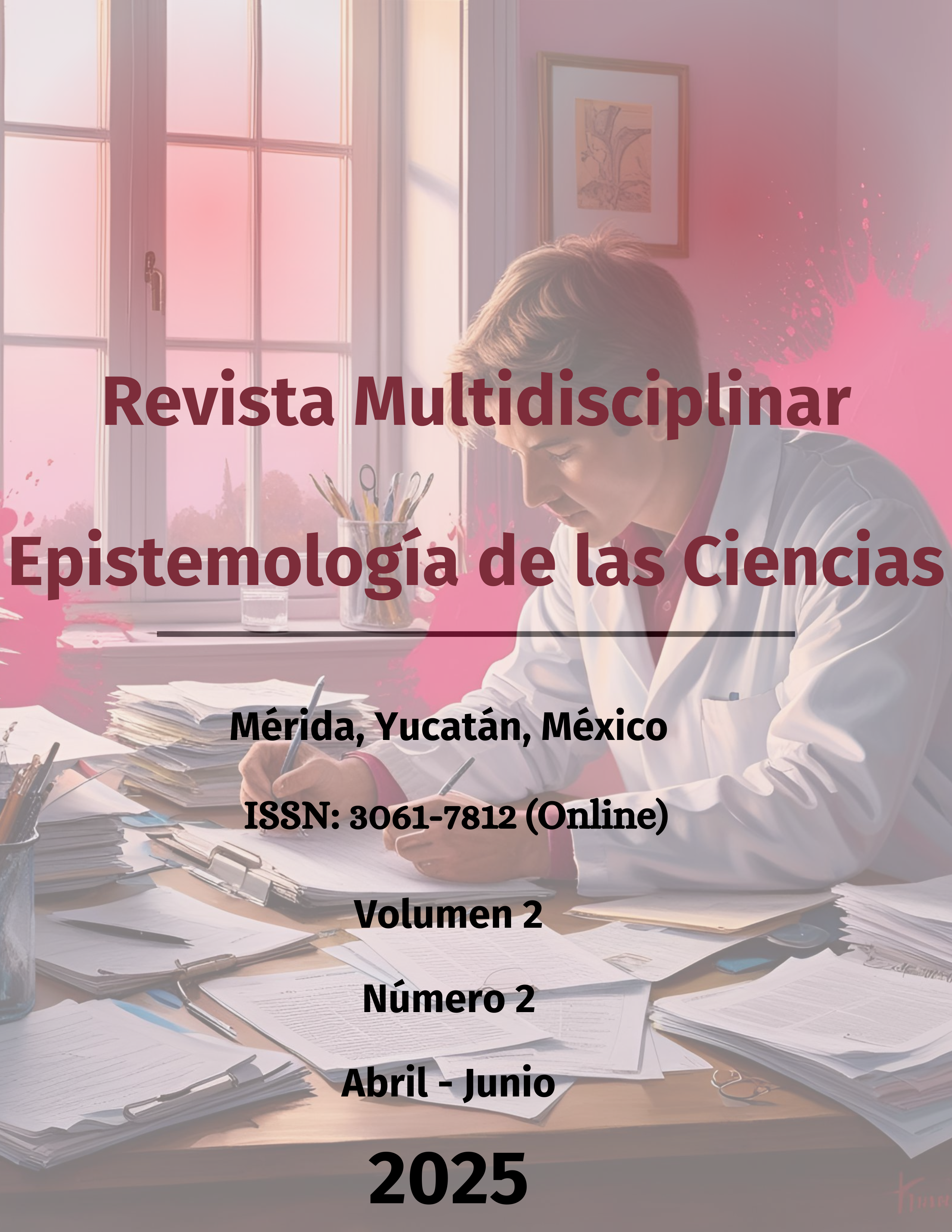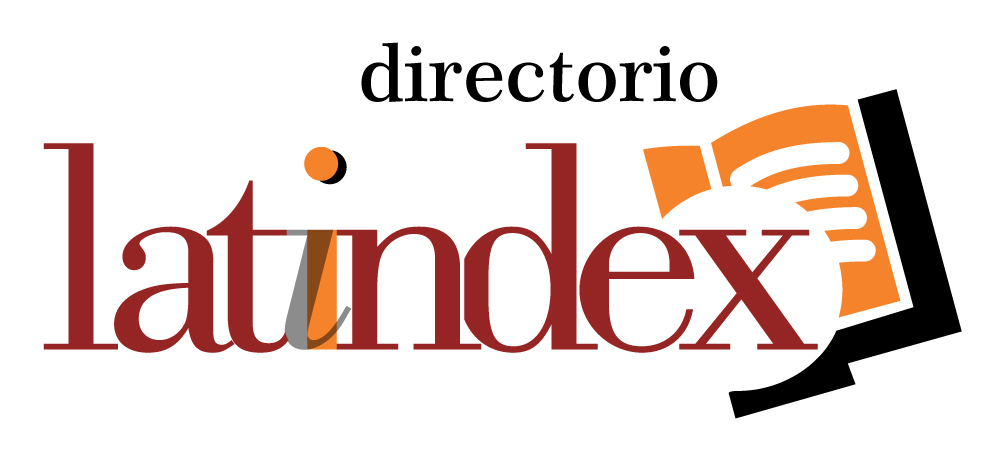Realismo y representación de las teorías científicas en Física
DOI:
https://doi.org/10.71112/9djmkr22Palabras clave:
realismo estructural, representación científica, realismo óntico, cambio teórico, filosofía de la cienciaResumen
El realismo estructural ha emergido como una propuesta filosófica que intenta mediar entre las posiciones opuestas del realismo y el antirrealismo científicos. Esta corriente sostiene que, si bien las entidades postuladas por las teorías científicas pueden ser contingentes o incluso eliminadas en el cambio teórico, la estructura que subyace a estas teorías tiende a conservarse. En este artículo se argumenta que el realismo estructural, particularmente en su variante óntica, representa una respuesta robusta ante los desafíos planteados por la historia de la ciencia, la representación científica y la subdeterminación teórica. No obstante, esta posición enfrenta objeciones relevantes, especialmente sobre la ontología de las estructuras, la distinción entre lo matemático y lo físico, y el poder representacional de los modelos. A partir del análisis de propuestas de destacados autores se defiende la necesidad de articular una concepción de la representación científica coherente con la estructura como entidad ontológica, sin caer en una duplicación metafísica ni en un platonismo excesivo.
Descargas
Referencias
Borge, B. (2018). Estructura, representación y ontología: Ensayos sobre realismo científico. Eudeba.
Borge, B. (2020). Realismo estructural óntico y modalidad. Ideas y Valores, 69(173), 37–56. https://doi.org/10.15446/ideasyvalores.v69n173.65624 DOI: https://doi.org/10.15446/ideasyvalores.v69n173.65624
Boyd, R. (1984). The current status of scientific realism. En J. Leplin (Ed.), Scientific realism (pp. 41–82). University of California Press. DOI: https://doi.org/10.1525/9780520337442-004
Bueno, O. (1997). Empirical adequacy: A partial structures approach. Studies in History and Philosophy of Science Part A, 28(4), 585–610. DOI: https://doi.org/10.1016/S0039-3681(97)00012-5
Cassirer, E. (1936). Determinism and indeterminism in modern physics. Yale University Press.
Chakravartty, A. (2007). A metaphysics for scientific realism: Knowing the unobservable. Cambridge University Press. DOI: https://doi.org/10.1017/CBO9780511487354
Chakravartty, A. (2017). Scientific ontology: Integrating naturalized metaphysics and voluntarist epistemology. Oxford University Press.
Chang, H. (2012). Is water H₂O? Evidence, realism and pluralism. Springer. DOI: https://doi.org/10.1007/978-94-007-3932-1
Contessa, G. (2007). Scientific representation, interpretation, and surrogative reasoning. Philosophy of Science, 74(1), 48–68. DOI: https://doi.org/10.1086/519478
da Costa, N. C. A., & French, S. (2003). Science and partial truth: A unitary approach to models and scientific reasoning. Oxford University Press. DOI: https://doi.org/10.1093/019515651X.001.0001
Demopoulos, W., & Friedman, M. (1985). Critical notice: Bertrand Russell’s The analysis of matter. Philosophy of Science, 52(4), 621–639. DOI: https://doi.org/10.1086/289281
Dorato, M., & Felline, L. (2011). Structural realism: Epistemic or ontic? Foundations of Science, 16(4), 295–306.
Duhem, P. (1906). La théorie physique: Son objet, sa structure. Marcel Rivière.
Ellis, B. (2009). The philosophy of nature: A guide to the new essentialism. McGill-Queen’s University Press.
Esfeld, M., & Lam, V. (2011). Ontic structural realism as a metaphysics of objects. Analysis, 71(3), 416–425.
French, S., & Krause, D. (2006). Identity in physics: A historical, philosophical, and formal analysis. Oxford University Press. DOI: https://doi.org/10.1093/0199278245.001.0001
French, S., & Ladyman, J. (2003). Remodelling structural realism: Quantum physics and the metaphysics of structure. Synthese, 136(1), 31–56. DOI: https://doi.org/10.1023/A:1024156116636
Frigg, R., & Hartmann, S. (2020). Models in science. En E. N. Zalta (Ed.), The Stanford encyclopedia of philosophy (Winter 2020 Edition). https://plato.stanford.edu/archives/win2020/entries/models-science/
Frigg, R., & Nguyen, J. (2016). The turn of the valve: Representing with material models. European Journal for Philosophy of Science, 6(2), 205–224. https://doi.org/10.1007/s13194-017-0182-4 DOI: https://doi.org/10.1007/s13194-017-0182-4
Frigg, R., & Nguyen, J. (2020). Modelling nature: An opinionated introduction to scientific representation. Springer. DOI: https://doi.org/10.1007/978-3-030-45153-0
Giere, R. N. (2006). Scientific perspectivism. University of Chicago Press. DOI: https://doi.org/10.7208/chicago/9780226292144.001.0001
Ketland, J. (2004). Empirical adequacy and Ramsey sentences. The British Journal for the Philosophy of Science, 55(2), 287–300. DOI: https://doi.org/10.1093/bjps/55.2.287
Kitcher, P. (1993). The advancement of science: Science without legend, objectivity without illusions. Oxford University Press.
Ladyman, J. (1998). What is structural realism? Studies in History and Philosophy of Science Part A, 29(3), 409–424. DOI: https://doi.org/10.1016/S0039-3681(98)80129-5
Laudan, L. (1981). A confutation of convergent realism. Philosophy of Science, 48(1), 19–49. DOI: https://doi.org/10.1086/288975
Livanios, V. (2011). Structural realism and the problem of theory change. International Studies in the Philosophy of Science, 25(1), 1–12.
Massimi, M. (2019). Two kinds of exploratory models. Philosophy of Science, 86(5), 869–881. https://doi.org/10.1086/705494 DOI: https://doi.org/10.1086/705494
Massimi, M. (2022). Perspectival realism. Oxford University Press. DOI: https://doi.org/10.1093/oso/9780197555620.001.0001
Melia, J., & Saatsi, J. (2006). Ramseyfication and theoretical content. The British Journal for the Philosophy of Science, 57(4), 561–585. DOI: https://doi.org/10.1093/bjps/axl020
Morgan, M. S., & Morrison, M. (1999). Models as mediators: Perspectives on natural and social science. Cambridge University Press. DOI: https://doi.org/10.1017/CBO9780511660108
Morrison, M. (1999). Models as mediators. En M. S. Morgan & M. Morrison (Eds.), Models as mediators: Perspectives on natural and social science (pp. 38–65). Cambridge University Press. DOI: https://doi.org/10.1017/CBO9780511660108.004
Pickering, A. (1995). The mangle of practice: Time, agency, and science. University of Chicago Press. DOI: https://doi.org/10.7208/chicago/9780226668253.001.0001
Psillos, S. (1999). Scientific realism: How science tracks truth. Routledge.
Psillos, S. (2006). The structure, the whole structure and nothing but the structure? Philosophy of Science, 73(5), 560–570. DOI: https://doi.org/10.1086/518326
Psillos, S. (2012). Knowing the structure of nature: Essays on realism and explanation. Palgrave Macmillan.
Putnam, H. (1975). Mathematics, matter and method. En Philosophical papers (Vol. 1). Cambridge University Press.
Rickles, D. (2008). Symmetry, structure, and spacetime. Oxford University Press.
Sankey, H. (2008). Scientific realism and the rationality of science. Ashgate. DOI: https://doi.org/10.1016/j.shpsa.2008.03.018
Stanford, P. K. (2006). Exceeding our grasp: Science, history, and the problem of unconceived alternatives. Oxford University Press. DOI: https://doi.org/10.1093/0195174089.001.0001
Suárez, M. (2004). An inferential conception of scientific representation. Philosophy of Science, 71(5), 767–779. https://doi.org/10.1086/421415 DOI: https://doi.org/10.1086/421415
Suppes, P. (1960). A comparison of the meaning and uses of models in mathematics and the empirical sciences. Synthese, 12(2–3), 287–301. DOI: https://doi.org/10.1007/BF00485107
van Fraassen, B. C. (1980). The scientific image. Oxford University Press. DOI: https://doi.org/10.1093/0198244274.001.0001
van Fraassen, B. C. (2008). Scientific representation: Paradoxes of perspective. Oxford University Press. DOI: https://doi.org/10.1093/acprof:oso/9780199278220.001.0001
Votsis, I. (2004). The epistemological status of scientific theories: An investigation of the structural realist account [Tesis doctoral, London School of Economics and Political Science].
Votsis, I. (2007). A structuralist theory of reference. Philosophical Studies, 133(2), 183–210.
Worrall, J. (1989). Structural realism: The best of both worlds? Dialectica, 43(1–2), 99–124. DOI: https://doi.org/10.1111/j.1746-8361.1989.tb00933.x
Publicado
Número
Sección
Licencia
Derechos de autor 2025 Revista Multidisciplinar Epistemología de las Ciencias

Esta obra está bajo una licencia internacional Creative Commons Atribución 4.0.











